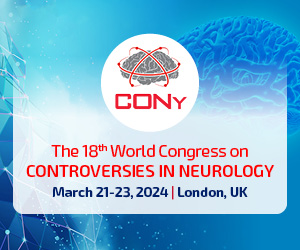CADASIL – morphological changes and their pathomechanism
Dorota Dziewulska1,2
 Affiliation and address for correspondence
Affiliation and address for correspondenceCerebral autosomal dominant arteriopathy with subcortical infarcts and leukoencephalopathy (CADASIL) is a systemic vessel disease related to mutations in the NOTCH 3 gene located on chromosome 19. Pathological process in CADASIL selectively damages to small blood vessels: mainly arterioles and small arteries, but also capillary vessels and, in relatively lesser extend, venules. Characteristic morphological features are degeneration and loss of cells in vessel wall: vascular smooth muscle cells in arteries and pericytes in capillaries, as well as intramural accumulation of extracellular domain of Notch 3 receptor and granular osmiophilic material (GOM), the latter visible only at the level of electron microscopy. Histopathological changes are the most pronounced in cerebral vessels that lead to diffuse white matter damage, recurrent lacunar ischaemic strokes and microbleeds. In spite of intensive investigations the mechanism connecting NOTCH 3 mutations with morphological changes in CADASIL is poorly understood. The paper, summarizing current data from the literature and our own investigations, is an attempt to answer for the questions concerning: 1) the pathomechanism of the observed in CADASIL histopathological changes, especially loss of vascular smooth muscle cells and contribution of anoikis phenomenon in that process, 2) the cause of so selective character of pathological process in CADASIL, and 3) the reason for that clinical symptoms of the genetically determined disease appear so late.








